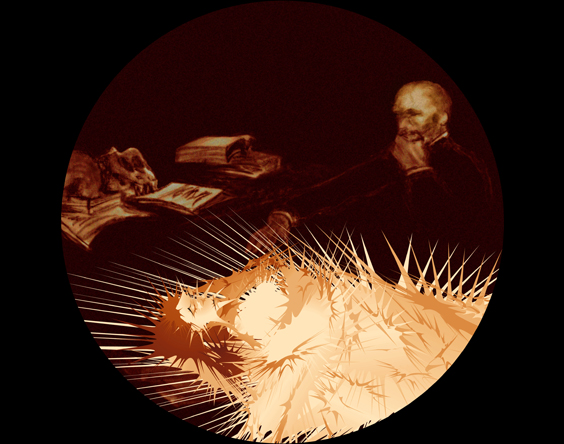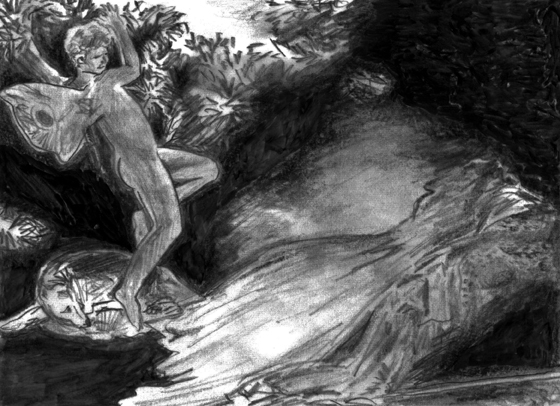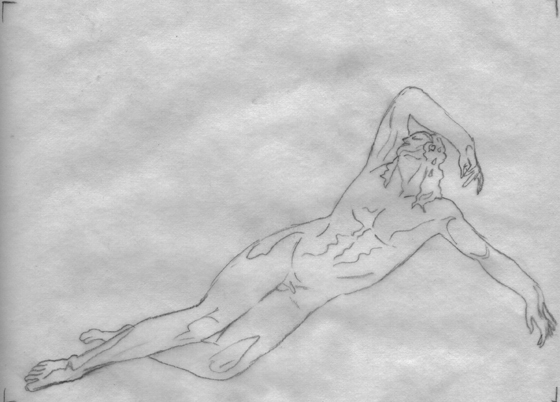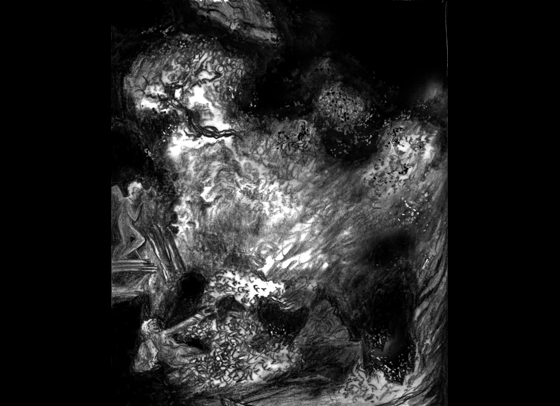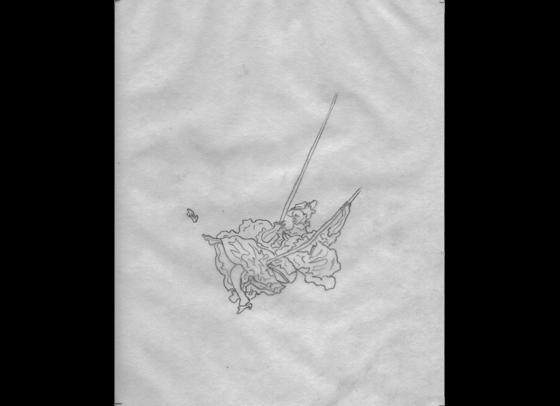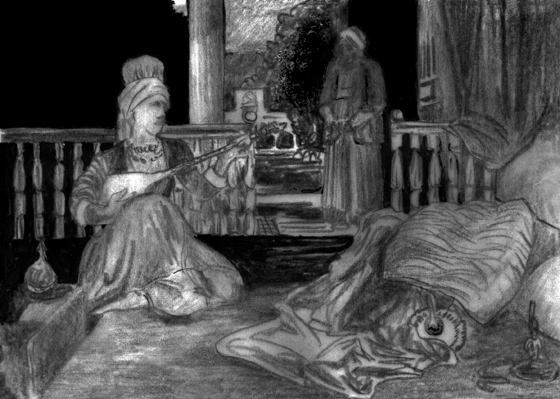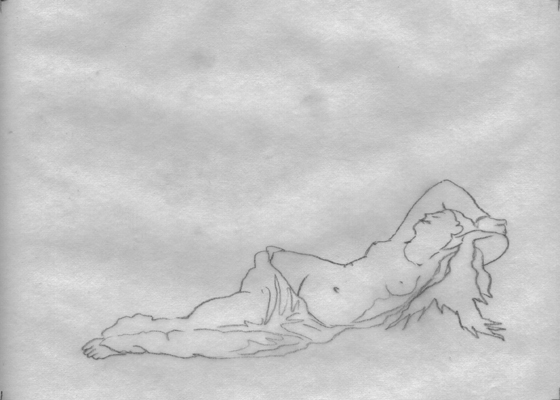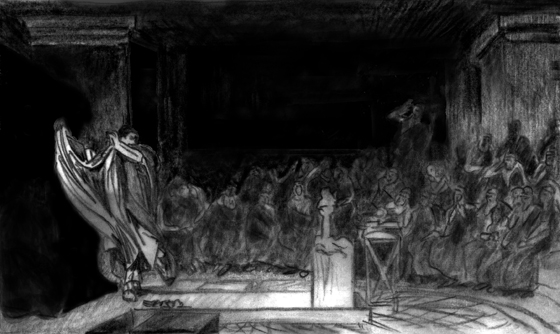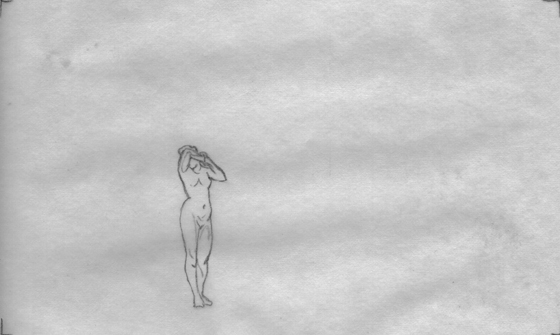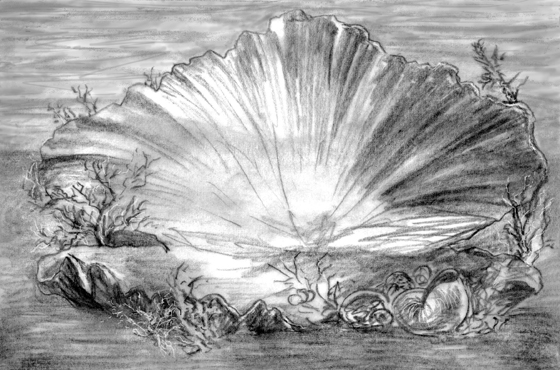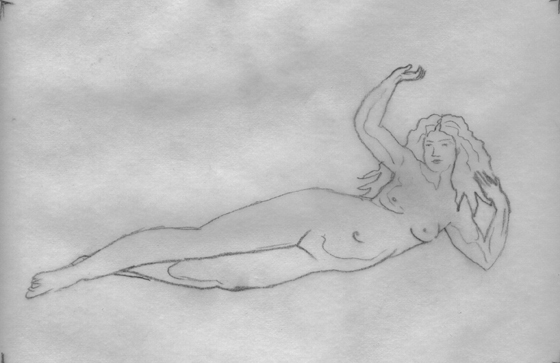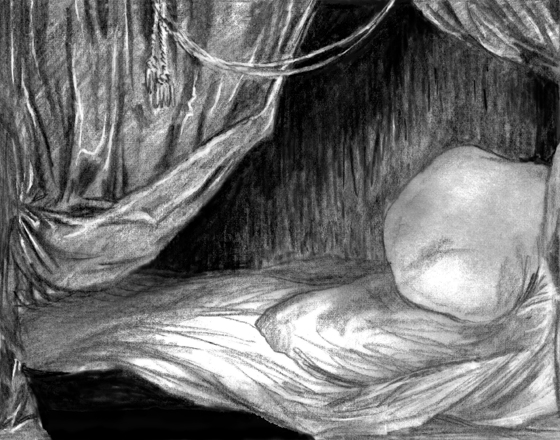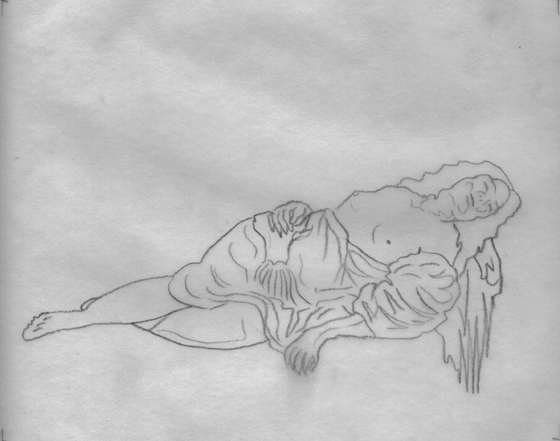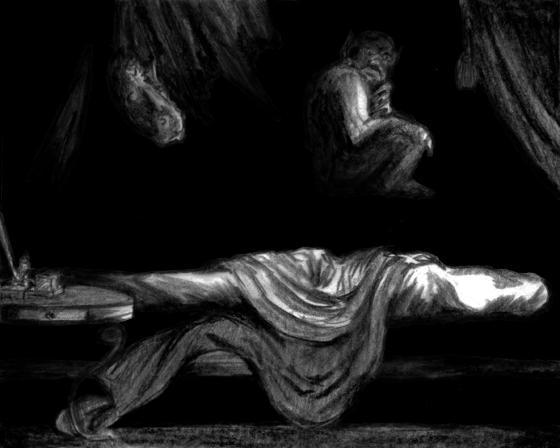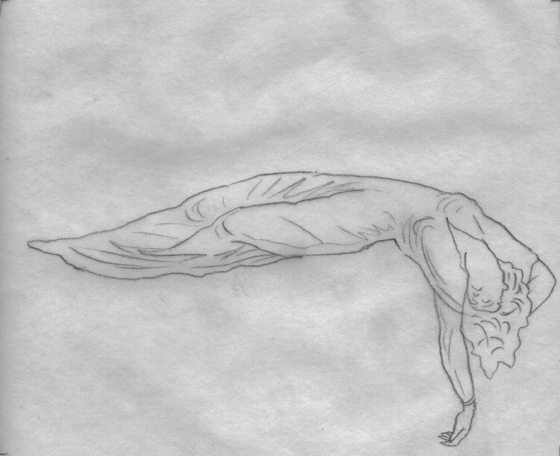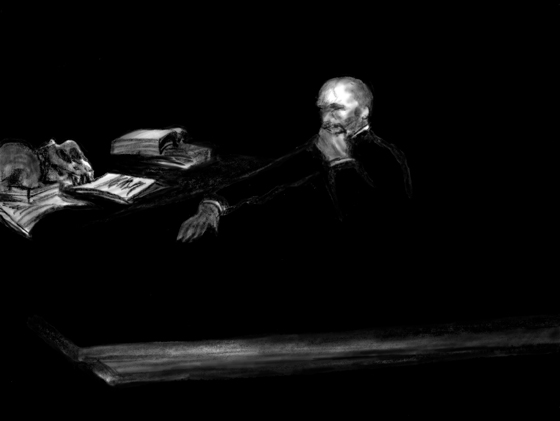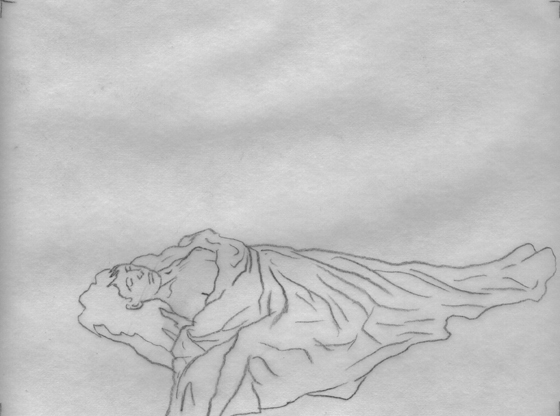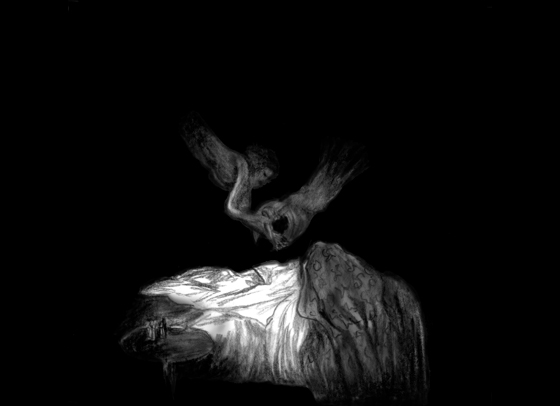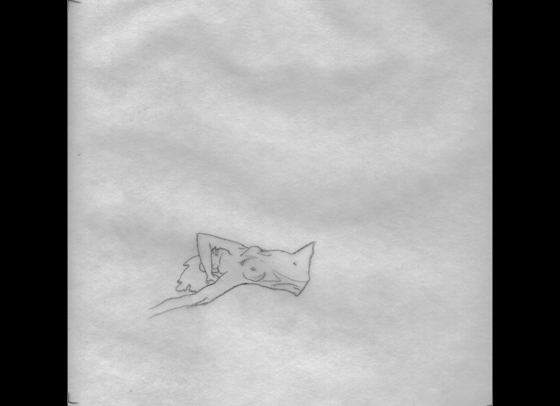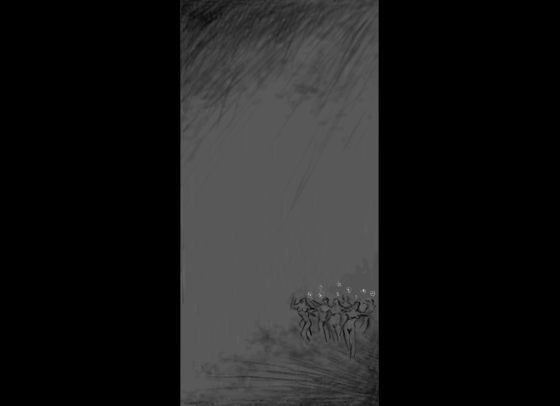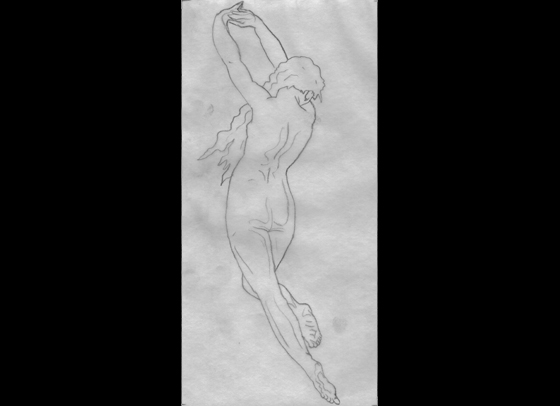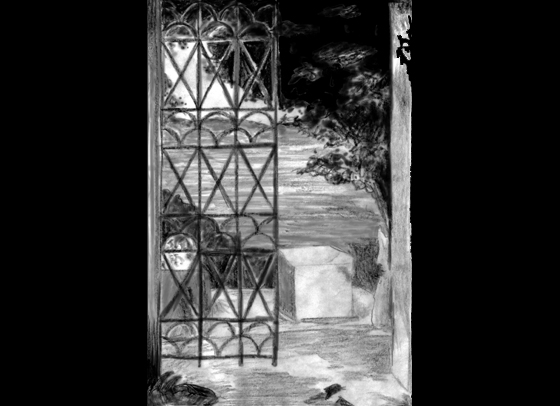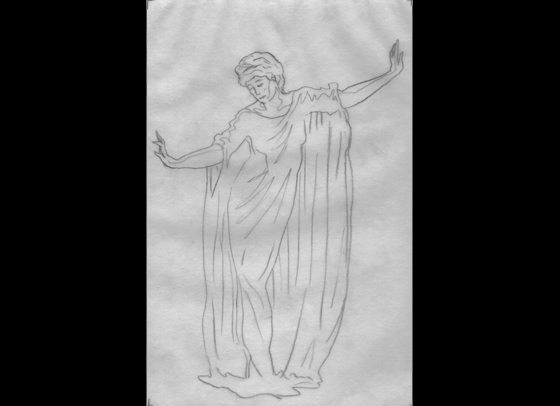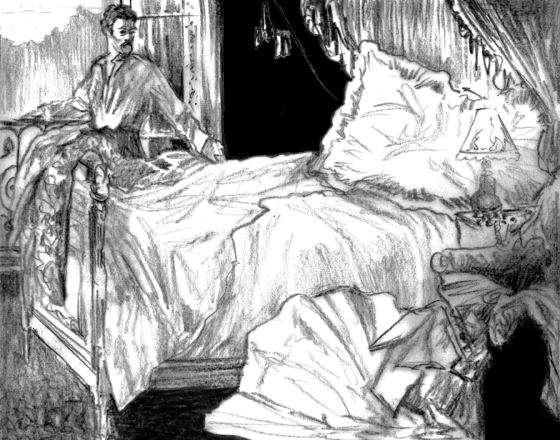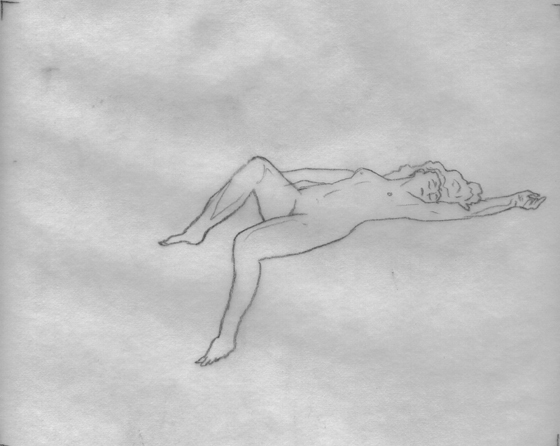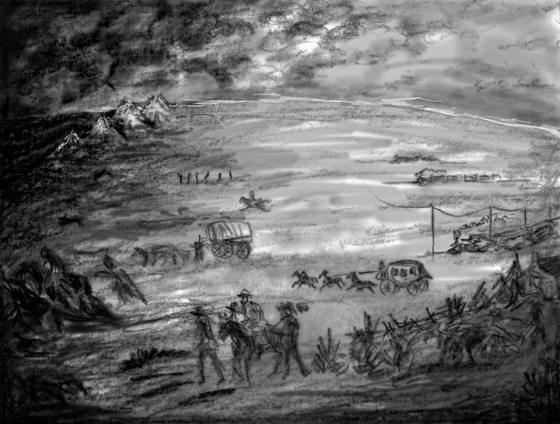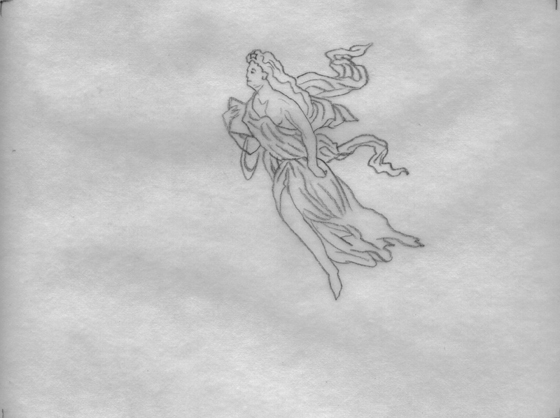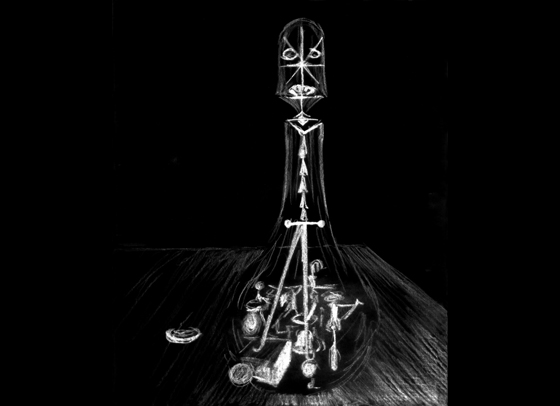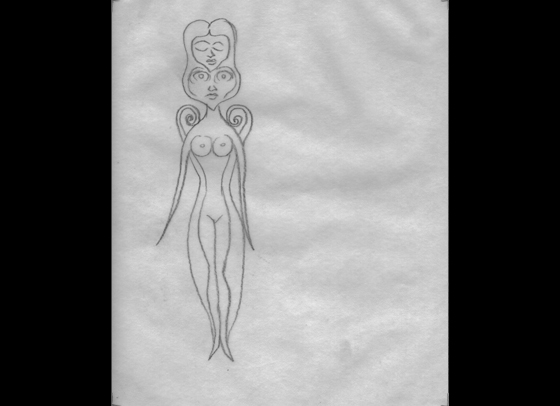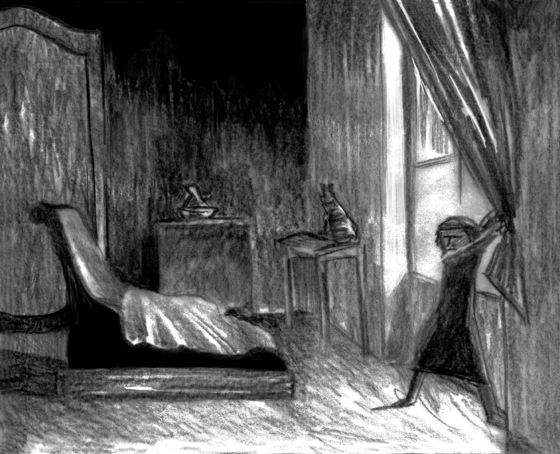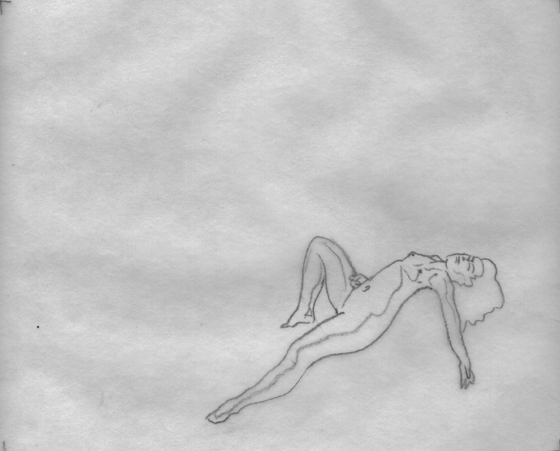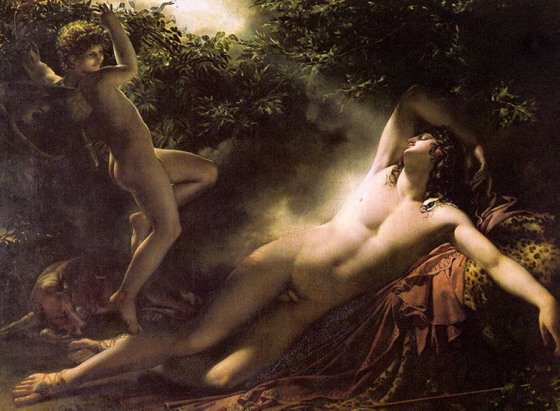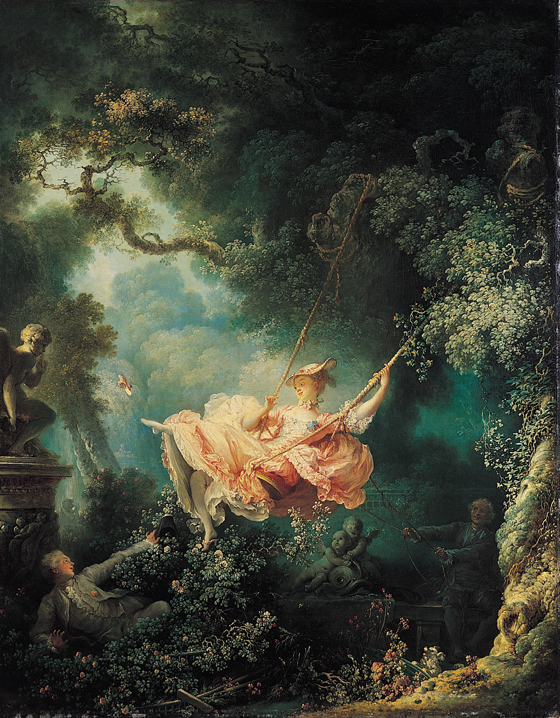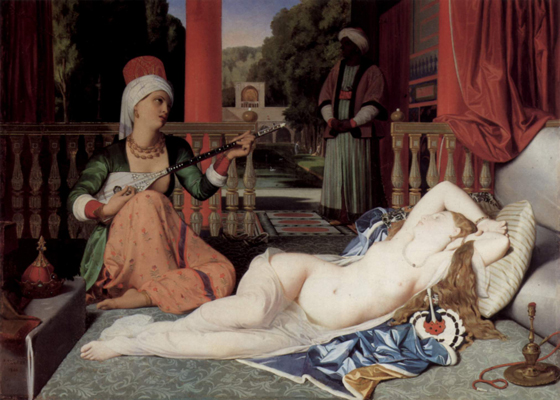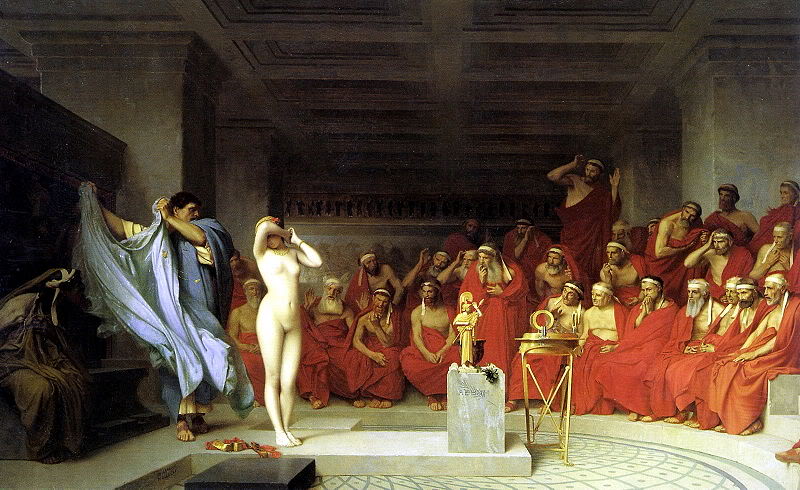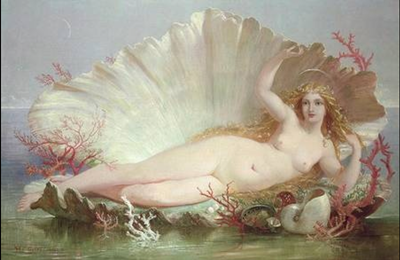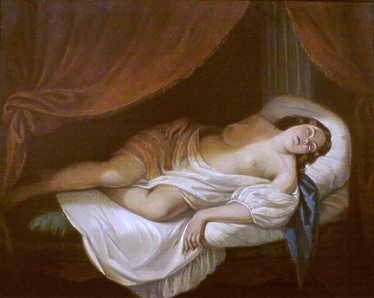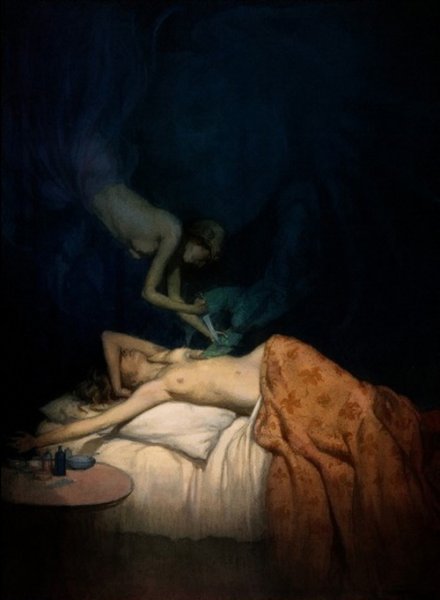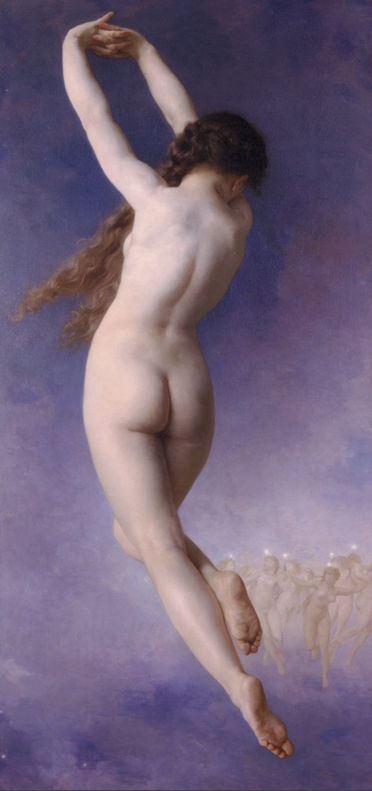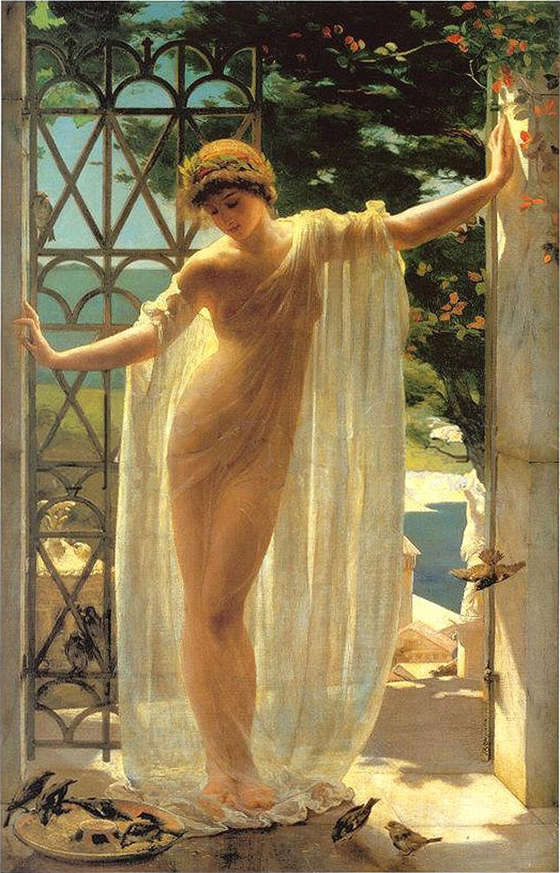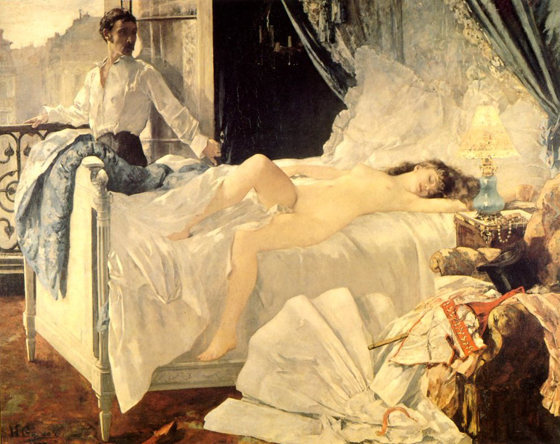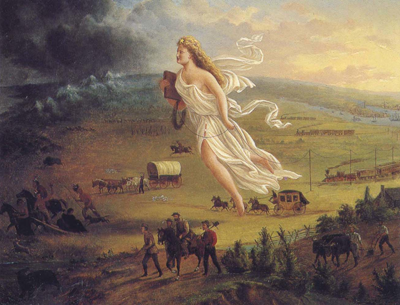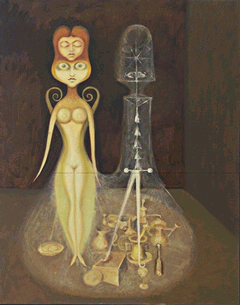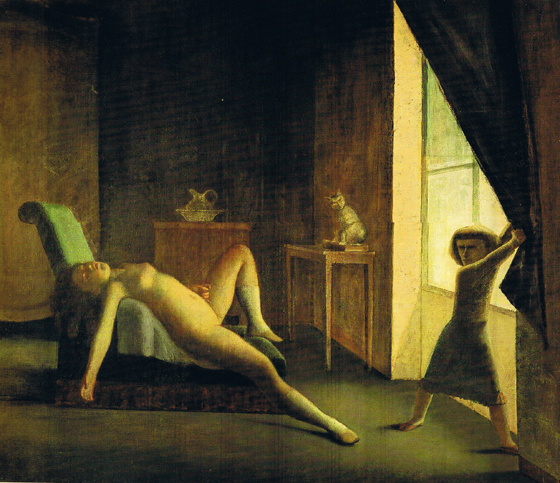Colour Me Dead - Chapter 1
The Illuminated Nymph (excerpt) 6' 04", silent © 2013Background
The Illuminated Nymph is the 1st production in the 18-part series of films, animations and prints collectively titled Colour Me Dead. All the productions in this project are based on research which is forming the basis for the in-development book Colour Me Dead: Art, Sex & Psychos.
The Illuminated Nymph is a digital animation based on a selection of mostly 18th & 19thC paintings which theatrically employ shafts and beams of light to illuminate the nude. The animation extends the lighting effects from the original paintings so that the depicted nudes become obliterated in a blaze of light. The work is projected onto a circular screen and rendered in sepia tone, creating a voyeuristic fin de sciècle peep-hole in keeping with the scopic thrill of revealing the naked body in a pre-photographic epoch.
All drawing & post-production - Philip Brophy
Commissioned for the Vizard Foundation Contemporary Art Project
2013
Colour Me Dead, Ian Potter Museum of Art, Melbourne (Curated by Bala Starr)
The Illuminated Nymph - No.12 © 2013Overview
Spotlighting the body is the primary means of fragmenting its whole. The focused light trained on the body describes what it lights—but it also refigures the shape it sees. In highlighting the act of illumination, the secularized nude’s lighting effects and procedures progressively eroticized the body, creating a phantasmal theatrical space for its portrayal and performance. From Neoclassical wet dreams to Mannerist soft porn, the painted nude’s nymphal state was illuminated to tease out the body’s sexual glow. But as that phosphorescent aura became increasingly accepted as the artist’s magical painting of light, the spotlight became more hard-edged. It consequently defined shadow lines as much as lit contours.
While Romanticist painting fell under the midsummer spell of illumination, anatomical dissections of beautiful dead girls imported the same lighting effects, creating their own theatre of glowing flesh. Artistic evocation and clinical description fold into each other toward the end of the nineteenth century, unconsciously blurring sexual voyeurism with scientific observation. In such a merger, Colour Me Dead initiates its tracing of bodily configuration. The nude at this point is no longer the ultimate peak of beautification born of Greek classicism: it is a new life force perceived and registered via clinical parameters. As The Illuminated Nymph, the nude as a reflector of light shifts to being either an emitter or absorber of light. Romanticist and Symbolist nudes bear testament to the dark light she projects from her stellar burn-out into the white nothingness of undifferentiated flesh.
The Illuminated Nymph - No.13 © 2013Technical
Production
Being the first chapter of the Colour Me Dead project, The Illuminated Nymph articulates the primary means of generating a scopic thrill in a painting: illumination. After centuries of religious painting which ascribed light to either celestial enlightenment or mortal attainment of heavenly consciousness, the Romantic ethos forwarded beams and shafts of light as devices by which mortal man—as 'the artist'—could stage and place the figures of his desire for the purpose of painterly illustration. Countless European paintings from the 17th, 18th and 19th centuries clearly evidence either atelier daylight, candle-lit glow, or theatre gas lamps as ways in which the nude could be bathed in an erotic phosphorescence. The collective unconsciousness of artists across this time-frame thus contributed to a mode of eroticization whereby the lighting of the nude gradually became an aggressive act, bleaching the nude's body and rendering her severed background as an ever-darkening void.
The animation of 15 key paintings in The Illuminated Nymph (selected from around 70 influential paintings) applies this logic of lighting to disingenuously recreate the original painting—only in order to intensify its lighting effects to obliterate the nude.The result of the exploding/glowing transformation of the nude in each scene of the animation resembles the peeling and melting of flesh: the nude has become a sex mannequin left to melt in the outdoor sunlight. Perversely, this is what the paintings seem to suggest in their attempt to illuminate the nude so brightly that the painting often corrupts itself into a fleshy abstraction of light.
The Illuminated Nymph - No.8 © 2013Sketches
The backgrounds of all the scenes in the animation are pencil renderings which have been scanned and then sepia-toned. The nude bodies from each painting were then drawn in pencil separately using the same outlining technique in The Lady In The Lake: the pencil outlines indicate dark, mid and light areas of tone, transforming the graduated painterly effects into hard-edged shapes. These pencil diagrams were then scanned, and vector illustrations were produced from the scans using Freehand, tracing the pencil outlines. A sepia-toned colour palette was employed to match the scanned background sketches. The resulting vector image was then utilised as a keyframe for performing a type of digital corruption, whereby the vector shapes of the nude are stretched outward in a set of exploding shards and spikes. The results were then exported as Shockwave files, imported into Flash for checks and re-sizing, then exported as Quicktimes and conformed in Final Cut Pro. There some additional lighting/glow effects were applied.



